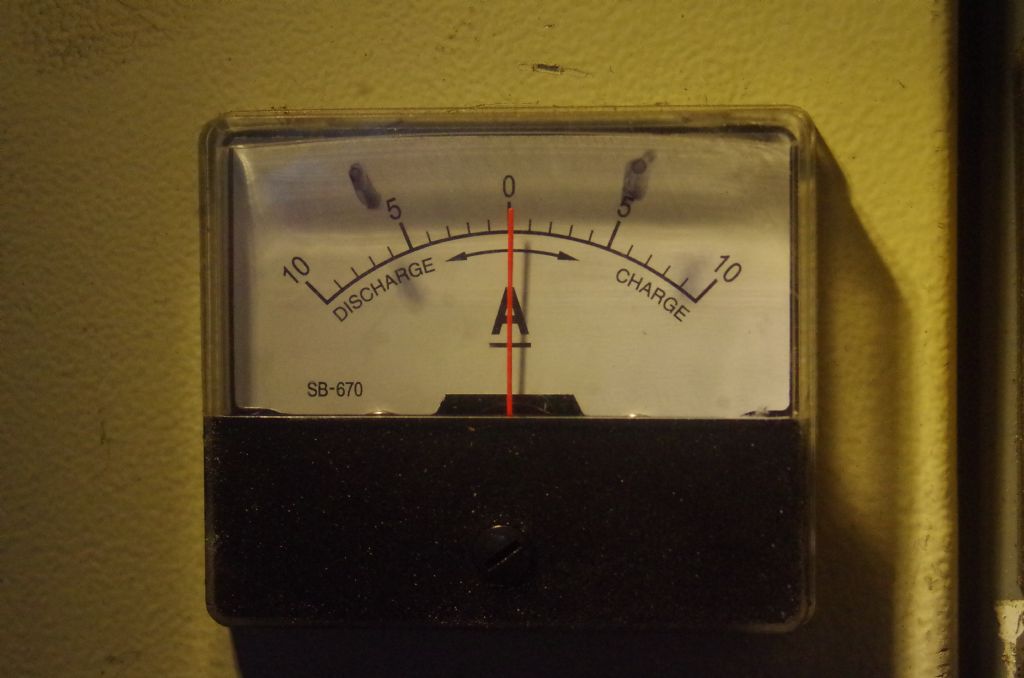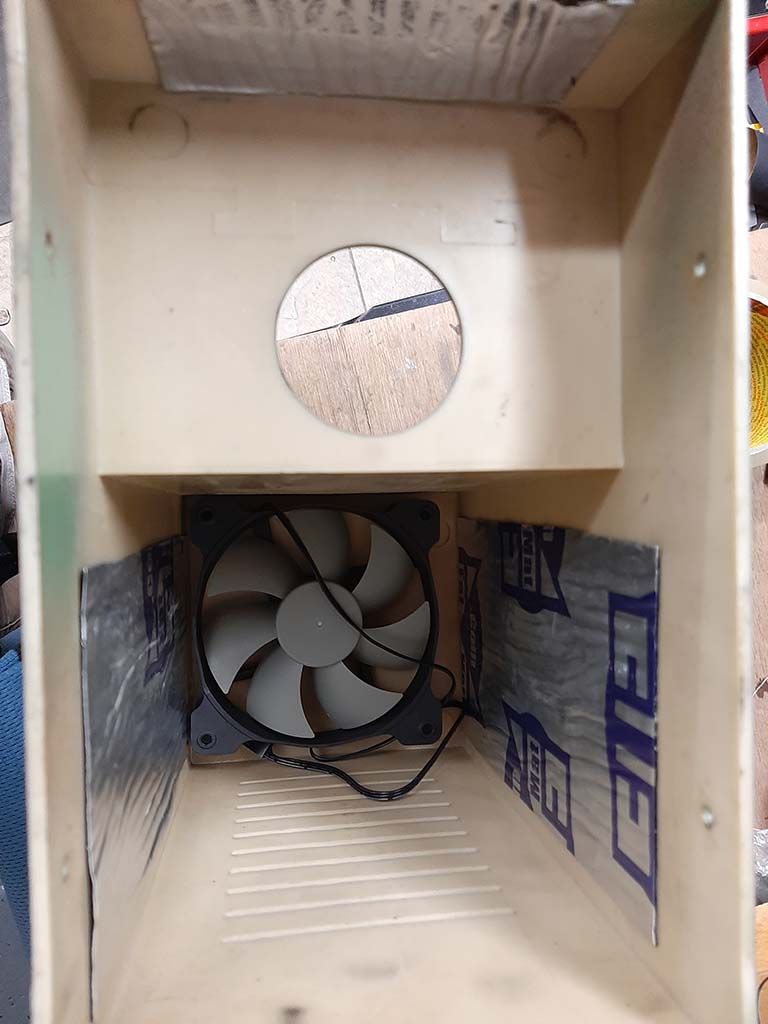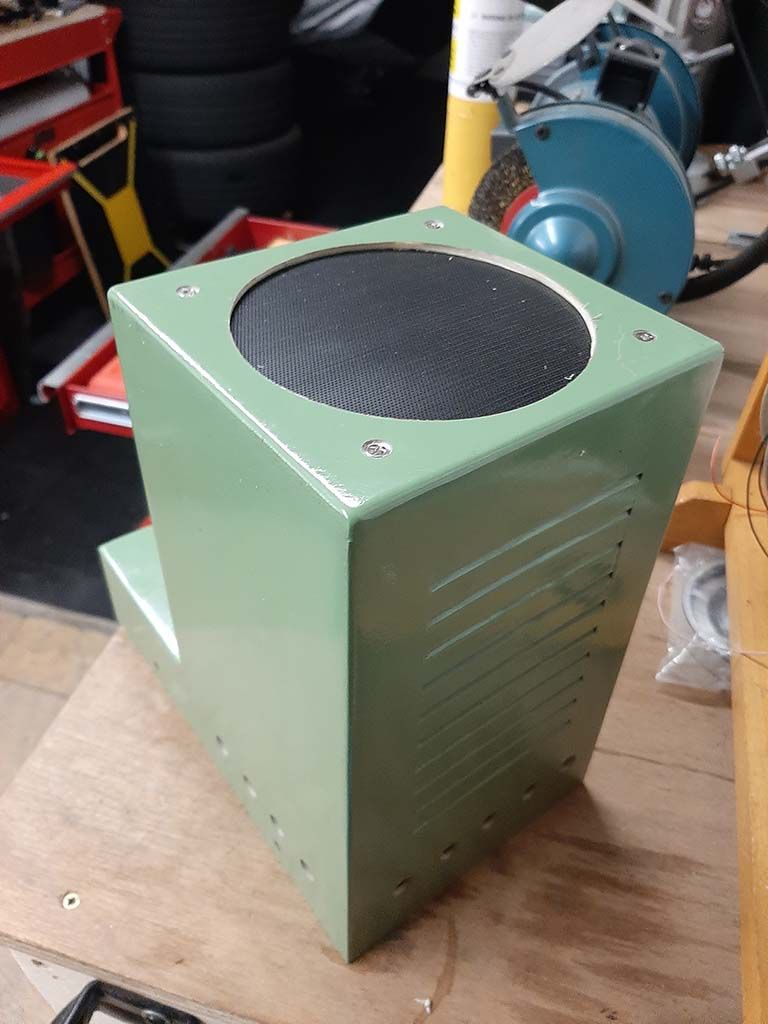Andrew
It has to be doubtful if any designer allows for a toolpost being run into a chuck. Few of us avoid that failure of care!
What do you expect to happen if you hang a 500 Kg load from a length of 2mm diameter mild steel wire?
Hooke's law will provide you with a beautiful example of a cup and cone fracture, because of an overload. in tension.
The fact remains, as I said earlier, if you overload something it is likely to suffer damage. The extent of the damage will depend upon the safety factor designed and built in.
An overloaded machine tool, will with luck, have the belts slip, if not, the overloaded motor will overheat and suffer damage to the insulation. How long before the motor fails depends upon how long it is allowed to overheat.
Increasing belt tension, to prevent slip, may damage bearings eventually.
If you lock a Myford by engaging back gear without freeing the bull wheel, when you hit the chuck key with a heavy hammer, you are very likely to break the chuck key, or teeth off the gear. You have overloaded things, and they break, because you have exceeded the load, shear, torsional, or tensile that the part was designed to withstand.
I ran my saddle into the headstock. The pinion engaging the rack, and the rack, were damaged. Simply because I overloaded things, Accidental or deliberate, damage ensued.
Many years ago a tower crane collapsed on the London North Circular Road. Like all tower cranes, it had been designed with a small safety factor . The loads imposed by high winds, and having been locked so that it could not "weather cock" to minimise side loading, resulted in loads in excess of the maximum allowed for by the safety factor.
Possibly if the safety factor had been greater, it might have sagged or bent, but not completely collapsed, killing people.
The C47 Dakota was designed with a large safety factor. During WW2 in the far east one was loaded with, supposedly Aluminium perforated runway strips. When it had struggled into the air and delivered the load, it was found to be Steel! A smaller safety factor would probably have meant the aircraft collapsing on the runway, and never even managing to get airborne, But that event must have surprised the designers!
You are experienced enough to know that beyond the yield point, the elongation is permanent. U T S is the abbreviation for Ultimate Tensile Strength. If you exceed it, it breaks!
So we should work within the limits of our material of machine, or suffer the consequences.
Howard
Nick Webb 1.









